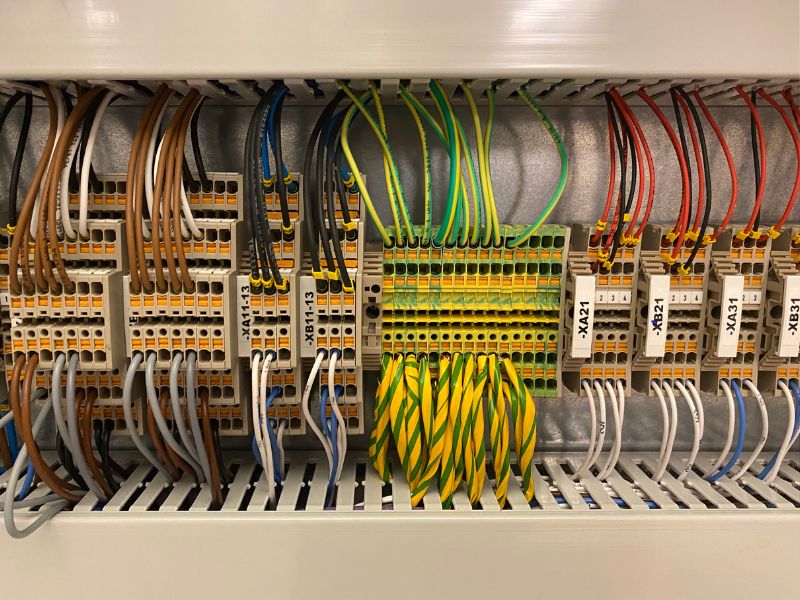How to divide the power?
The division of power is possible due to the implementation of a power divider – a device which splits an incoming signal into two or more output signals. Obtained output signals are usually, however not always, equal in phase and amplitude. The purpose of every power divider is to achieve the division while maintaining the greatest possible port-to-port isolation, lowest insertion loss and voltage standing wave ratio, as well as least amplitude and phase imbalance over the entirety of the device’s frequency range. Due to the technological development and high quality of currently available power dividers, the process of power division is now almost entirely loss-less – almost, as some power dissipation is always present.
In what situations it is necessary to divide the power?
Dividing the power is necessary in all modern wireless communication systems. Components allowing for power division are a crucial part of such devices, as:
- power amplifiers,
- mixers,
- active circulators,
- phase shifters.
Power dividers are used mostly in the field of radio technology. They combine a determined amount of the electromagnetic power in a transmission line to a port, which enables the signal to be used in another circuit. Moreover, dividing of the power is essential in microwave technology, where the power dividers combine power from several inputs and distribute input power into several outputs. Power dividers are commonly used in many areas of microwave communication, mostly microwave stations and satellite earth stations. They are also applied in communication circuits, primarily ultra-wideband (UWB) circuits, antenna array systems, and RF front modules.

Equipment necessary to divide the power
There are three basic types of power dividers: the communications type, broadband and ultra-broadband type, and the reactive power dividers.
The communications type
The communications type power dividers are available in 2, 3, and 4 way configurations with a 30W forward power rating, and a frequency range from 800 MHz to 2,500 MHz. They offer high port isolation and multi-octave bandwidth, as well as outputs which are well-matched in phase and in amplitude. The communications type power dividers were designed for indoor use. They are ideal for microwave applications, including multi-band antenna use, and can be utilized as power combiners at reduced power level, into a matched load.
Broadband and ultra-broadband type
The broadband and ultra-broadband type power dividers are available in configurations from 2 way to the 8 way. They cover frequencies from 500 MHz to 18,000 MHz and are capable of handling 20W when used as splitters, or up to 3W if used as combiners into a matched load. The broadband and ultra-broadband type power dividers are small and light. They are suitable for systems requiring a wide bandwidth, great isolation, and low insertion.

Reactive power dividers
The reactive power dividers are available in of 2, 3, and 4 way configurations, and are rated at 200W, with a peak rating reaching the value of 3KW. They can come with BNC, TNC or SMA connectors. The reactive power dividers offer low insertion, which allows for a very efficient power transfer. They are used in microwave applications that require high power and no output port isolation, such as driving antenna arrays. Their low insertion loss enables efficient power transfer. The reactive power dividers are not intended for use as power combiners.
CS-Lab Shop offers a high quality power divider – Power Divider 24 VDC – which allows the division of 24 VDC logic power in a safe and aesthetic way. To indicate the presence of power, it is equipped with a LED diode. The device is very simple, but at the same time extremely functional, and provides good value for the price.